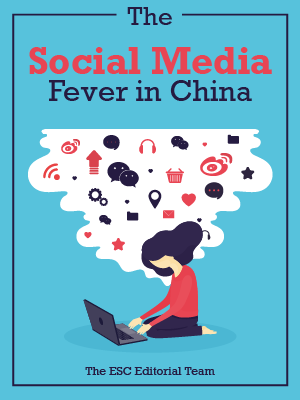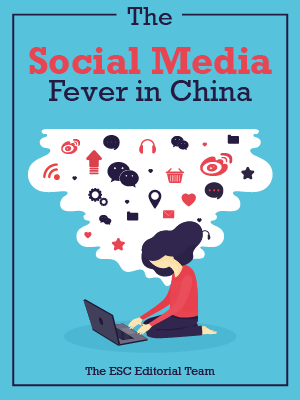Ecommercestrategychina.com uses cookies and other technologies to provide you a better browsing experience. You can get more information regarding the use of cookies, or decline it whenever by clicking Privacy Policy. By using this site or clicking “Okay”, you give us the consent to the use of cookies.
OKAY
In 2018, in addition to the blockchain, which is still in the concept, almost all online industries are trying to go offline in the Chinese market. E-commerce is actively breaking the boundaries between the network and the stores, using the concept of "new retail" such as Alibaba’s Hema Fresh, Tencent’s Super Species and JD's store. The sharing economy has taken the initiative to break away from the streets and brought Charge Pal, Sale Shelves, Cars and other product scenarios into its own terminal network. The knowledge economy began to emerge from the comfort zone of We-media and touch on the real application of exploration theory...
From the above trends, it is estimated that: The online traffic of many companies may be experiencing bottlenecks and the cost of acquiring high-value users may also increase. As the online model goes through the development phase at high speed, the offline market, which needs to be fully upgraded, has become a lower cost transportation hub.
Campus becomes a new consumer scenario.
In 2017, the number of college students in China was 26.96 million. This group of young people, who have just started to live independently in the new phase of life, not only has many scenarios with rigid needs, but also a strong ability to learn. They are naturally active and find it easier to build brand loyalty. The campus has become one of the best scenarios with the richest cash flow and the best quality of users in the market. Many entrepreneurs hope to ease the depletion of traffic by "activating the campus scenario".
Aside from mainstream payments, Campus payments become a new traffic pool.
Although college student consumption patterns have increased, "campus consumption" has not been upgraded by the main payment systems. First, the campus carries many social functions, such as education, housing, socialisation, etc., and has many scenarios that trigger consumer behaviour in large numbers, such as canteens, dormitories, supermarkets, tuition fees, etc. However, due to factors such as financial subsidies (for example, campus prices are far below actual market prices), it is difficult to combine these consumer behaviours with the external, unlimited marketplace. Many new products (eg mobile payments) are therefore difficult to get to campus. (The campus card is the current payment method on campus: It requires charging the campus card and then paying for each purchase by swiping the card.) Second, although students are young people between the ages of 18 and 22, there are a number of differences in factors such as level, orientation, student origin and geography between each school, so the new products are faced with fragmented independent markets upon entering each campus. Therefore development is more difficult.
In this case, there are only two ways to dock the Internet and campus scenarios. One of them is launching vertical products based on closely related needs such as education and employment after graduation. Another possibility is to actively adapt the students to the products without specifically developing them. These realities make it difficult to promote new products on today’s college campuses. College students have to continue to use the campus card, which was born in the last century, to meet their daily consumer needs. The problem of inefficient card billing, high loss rates and high piracy rates can only be "selectively ignored".
Canteens, supermarkets, tuition fees, etc. are common consumption scenarios for all campuses. Once the barriers of the respective "independent settlements" are resolved, all payments are collected online via a single terminal for the quick settlement. The independent "consumption behaviour" can be merged into a large-scale "consumption scenario" for college students, who in the true sense will become the new traffic.
It is becoming the trend of campus payment from the scenario to the platform.
How much traffic can be generated by unifying Chinese campus payments? According to these data: 10,000 people in each college, open 3 times a day, average of 3-4 PVs (scan code page, payment page, billing page), the annual traffic is more than 2 million DAU (daily active users).
It will be a valuable traffic pool with a fixed period of enrolment season in September and a considerable volume of new students. The main value of the pool is that its main user group are young people with the characteristics of "high activity, strong ability to learn, interest in new things, strong willingness to consume, and strong plasticity".
Campus payment on mobile applications is a new scenario with great potential. It will inevitably become a traffic interface for education, e-commerce, life, games, employment, training and many other areas, shaping the campus’s new online ecology.

Please Login to add comments.

$9.99 $19.98

$9.99 $19.98